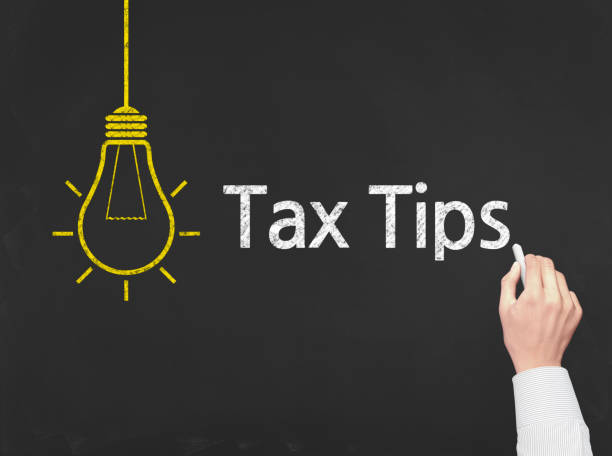You’ve likely heard the phrase “in the black.” Your balance sheet is the tool that shows you whether your business is indeed “in the black.”
Your balance sheet includes a section for your assets (things you own or will receive that have value), your liabilities (what you owe to others) and equity (retained earnings and funds from investors) at a specific time. The relationship between these three sections shows how financially healthy your company is. If your assets outweigh your liabilities, you’re in the black. However, if you have more liabilities than assets, you’re in the red – which is undesirable.
But how does a balance sheet help you to manage your finances? Read on to find out.
Track your assets and liabilities over time
Most companies prepare a balance sheet quarterly, but you can certainly complete yours more or less frequently than that. The key is to prepare one regularly to understand how you perform over time.
When you have a set of successive balance sheets, you can clearly see how your assets and liabilities measure up on average. For example, you may have had a costly period with critical equipment requiring replacement or repair. That balance sheet might not look so good if that’s the only one you have to interpret.
But when measured against other balance sheets, you may see that it was just an anomaly from which you have handily recovered. Perhaps the improvements even helped you to earn more money once they were complete. There’s no way to know unless you use several balance sheets together.
Measure risk
Your assets act as security for your business because if you found yourself in a situation where you had to, you could sell them to cover your debts. This is how you determine how liquid your business is. Your balance sheet easily identifies how much you own and how much you owe, so you have an easy way of assessing your liquidity.
This also enables you to determine how much risk your business faces. If you find you couldn’t readily pay what you owe by liquidating your assets, it would be clear that you couldn’t currently take on any more risk by borrowing money or buying something new.
Calculate decisions
Similarly, your balance sheet will help you see if now is a good time to spend your money or if you should hold off. For example, if your business is healthy, with plenty more assets than liabilities and easily able to pay shareholders, that would indicate a good time to make some capital improvements.
If you find things more precarious, your balance sheet will guide you to hold off on making any major purchasing decisions until you’re in better shape. It may even indicate you need to find a way to offload some debt to get back on track.
Use with other financial statements
Your balance sheet helps you see your assets and liabilities clearly. It becomes even more useful when used with the other two main financial statements: income statements and cash flow statements.
An income statement (which may also be called a profit and loss statement or an earnings statement) shows your revenues, expenses, and profitability. It tells you what you earn and the costs you incur to make that revenue.
Your cash flow statement will show what money came in and went out of your business during a specified period. Its primary purpose is to highlight your ability to operate based on how money moves through your business.
Together, these three financial statements give you a clear picture of how your company operates and how financially healthy it is.
Final thoughts
If you’re unfamiliar with financial statements, a balance sheet can initially seem intimidating – especially if it shows that you’re in the red. However, once you prepare one for your business, you will find it invaluable to help you see where you stand and what you can do about it.
Get in touch to have your balance sheet questions answered and learn more about how we can help you prepare this critical financial statement.
Recording your financial information is a useful way of identifying your financial position. S & H Tax Accountants are able to assist you with recording your financial information accurately as well as being able to guide and assist you to reach your financial goals. Whether it be a balance sheet or income statement, our accountants can do it all. Book an appointment today at S & H Tax Accountants, call us at 03 8759 5532.

















